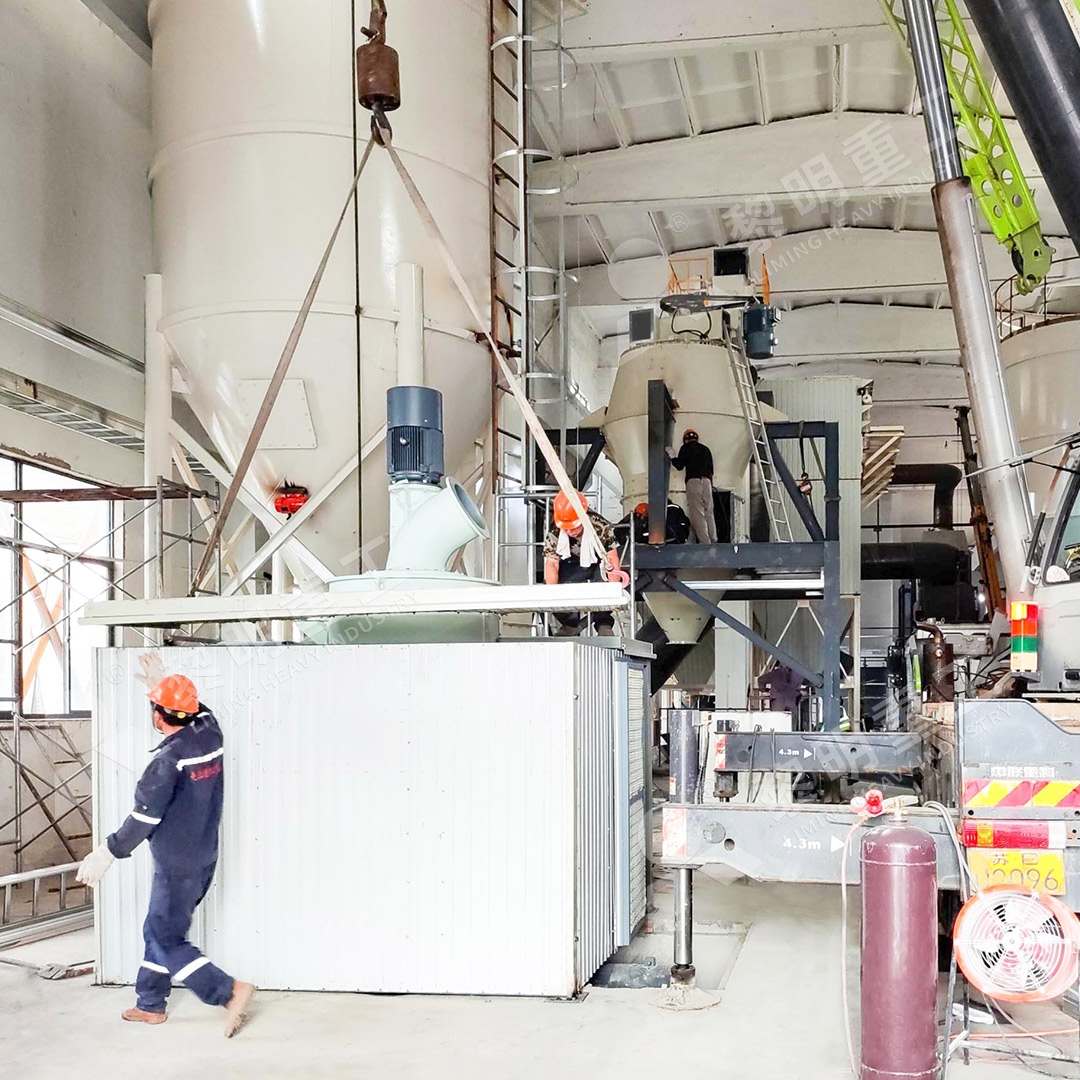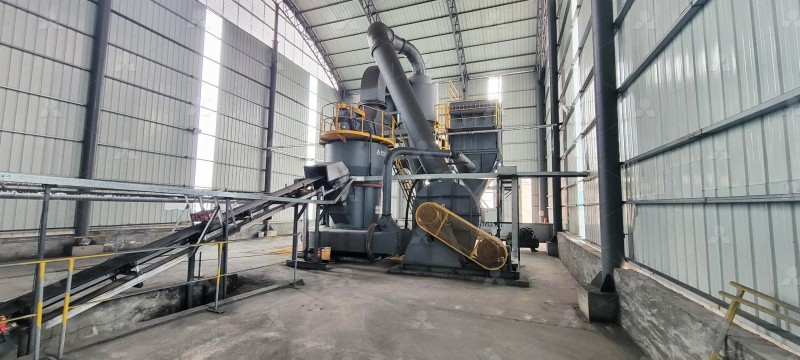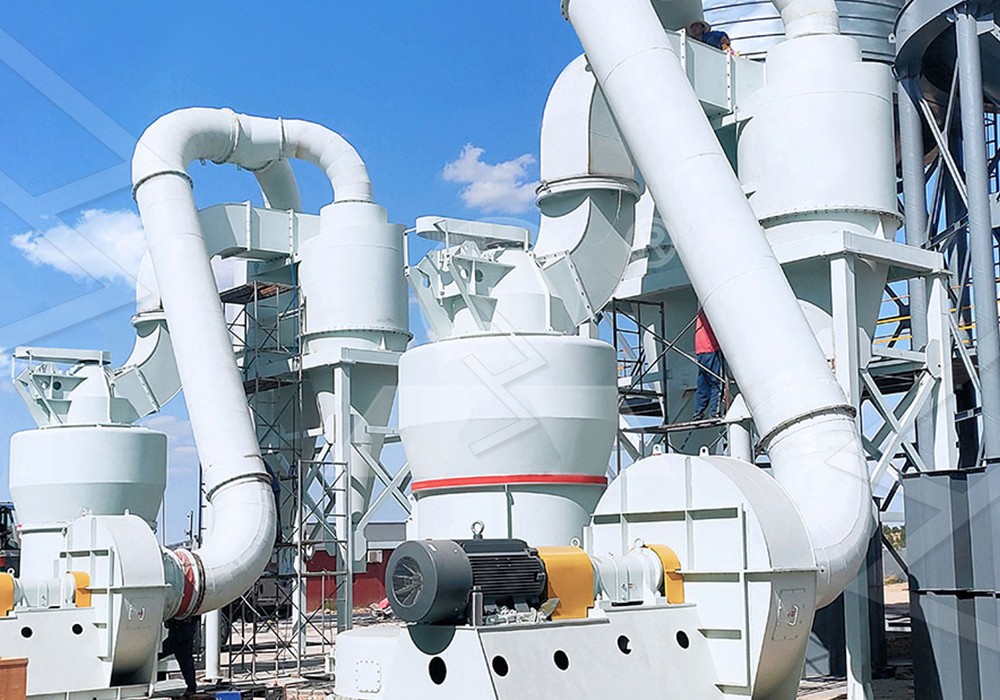How Much Does a Coal Gangue Grinding Machine Cost?
How Much Does a Coal Gangue Grinding Machine Cost?
If you’re involved in mining, construction, or industrial processing, you’ve likely encountered coal gangue – that stubborn byproduct of coal mining that requires specialized equipment to process effectively. The question of cost isn’t straightforward, as it depends on numerous factors including capacity requirements, fineness specifications, and the specific technology employed.
Coal gangue grinding machines represent a significant investment, with prices typically ranging from $50,000 to $500,000+ depending on the scale and sophistication of the equipment. Rather than focusing solely on the initial purchase price, savvy operators consider the total cost of ownership, which includes energy consumption, maintenance requirements, and operational efficiency.

Key Factors Influencing Coal Gangue Grinder Pricing
Several critical elements determine the final cost of a coal gangue grinding system:
Capacity Requirements: Production capacity directly impacts price. Machines processing 1-5 tons per hour will cost significantly less than systems handling 20-50 tons per hour. Your production targets should guide your equipment selection.
Fineness Specifications: The required particle size distribution affects both machine selection and cost. Standard grinding to 200 mesh is more economical than ultra-fine processing to 2500 mesh, which requires more sophisticated technology.
Technology Level: Basic Raymond mills start at the lower end of the price spectrum, while advanced vertical mills and ultra-fine grinding systems command premium prices due to their enhanced efficiency and capabilities.
Automation and Control Systems: Modern grinding mills with PLC controls, automated monitoring, and remote operation capabilities typically cost 15-30% more than manually operated systems but offer substantial labor savings and consistency benefits.
Recommended Solution: MW Ultrafine Grinding Mill
For operations requiring high-precision coal gangue processing, our MW Ultrafine Grinding Mill represents an excellent balance of performance and value. This advanced system handles input sizes of 0-20 mm with capacities ranging from 0.5 to 25 tph, making it suitable for various production scales.
The MW series stands out for its remarkable efficiency gains – delivering 40% higher production capacity than jet grinding mills and twice the output of traditional ball mills while consuming only 30% of the energy of comparable systems. This translates to significantly lower operating costs over the equipment’s lifespan.
What makes the MW particularly valuable for coal gangue processing is its adjustable fineness between 325-2500 meshes, achieved through German cage-type powder selector technology. The unique design without rolling bearings or screws in the grinding chamber eliminates common failure points, while the integrated pulse dust collector ensures environmentally compliant operation.

Alternative Option: LUM Ultrafine Vertical Grinding Mill
For operations with space constraints or specific layout requirements, our LUM Ultrafine Vertical Grinding Mill offers another compelling option. With an input size of 0-10 mm and capacity of 5-18 tph, this system integrates Taiwanese grinding roller technology with German powder separating technology for exceptional performance.
The LUM’s reversible structure simplifies maintenance significantly, while its multi-head powder separating technology reduces energy consumption by 30-50% compared to conventional mills. The double position-limiting technology ensures stable operation even under challenging conditions.
Understanding Total Cost of Ownership
Beyond the initial purchase price, consider these ongoing cost factors:
Energy Consumption: Modern efficient mills can reduce power costs by 30-50% compared to older technology. The energy savings alone often justify upgrading outdated equipment.
Maintenance Requirements: Systems with external lubrication points, easily accessible components, and simplified designs reduce downtime and maintenance expenses.
Wear Part Replacement: The frequency and cost of replacing grinding elements, liners, and other consumables significantly impact long-term operating costs.
Labor Requirements: Automated systems may have higher upfront costs but typically require fewer operators, reducing long-term labor expenses.

Making the Right Investment Decision
Selecting the appropriate coal gangue grinding machine involves balancing your current needs with future growth projections. Consider not only the equipment cost but also installation expenses, foundation requirements, and any necessary ancillary equipment.
For most operations, the MW Ultrafine Grinding Mill provides an optimal combination of precision, efficiency, and reliability for coal gangue processing. Its higher yielding, lower energy consumption design, coupled with adjustable fineness capabilities, makes it particularly well-suited for operations looking to maximize value while maintaining product quality.
Frequently Asked Questions
Q: What is the typical price range for a coal gangue grinding mill?
A: Prices range from approximately $50,000 for basic systems to over $500,000 for high-capacity, fully automated ultra-fine grinding systems. The MW Ultrafine Grinding Mill typically falls in the $150,000-$300,000 range depending on configuration.
Q: How long does it take to recoup the investment in a high-efficiency grinding mill?
A: Most operations see a return on investment within 12-24 months through energy savings, reduced maintenance, and increased production capacity, particularly when upgrading from older, less efficient equipment.
Q: What maintenance costs should I anticipate?
A: Modern mills like the MW series are designed for minimal maintenance. Annual maintenance costs typically range from 2-5% of the initial equipment cost, significantly lower than the 7-10% common with older technology.
Q: Can the same machine process materials other than coal gangue?
A: Yes, both the MW and LUM mills are versatile enough to process limestone, calcite, dolomite, gypsum, barite, and various other non-metallic minerals, providing operational flexibility.
Q: What factors most significantly impact the operational cost of grinding coal gangue?
A: Energy consumption (typically 40-60% of operating cost), wear part replacement (20-30%), and maintenance labor (15-25%) represent the primary operational cost components.
